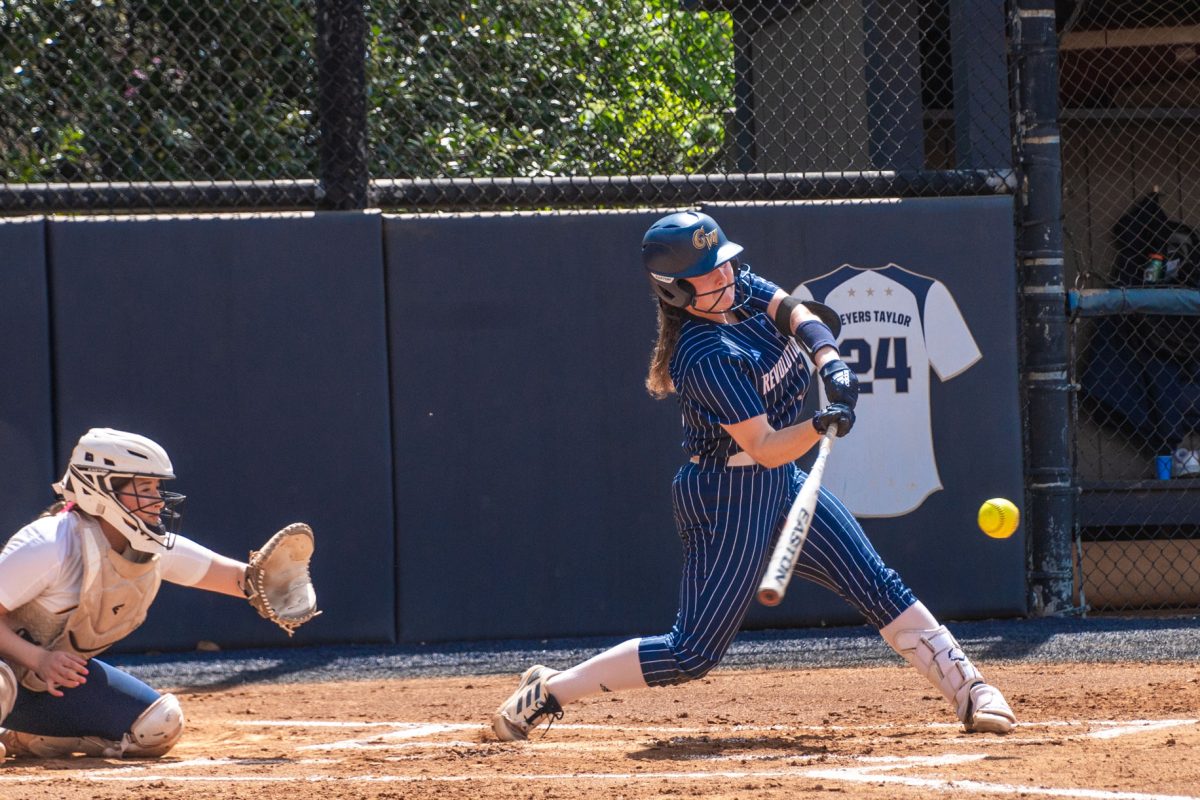While studying abroad at Oxford University this summer I took an early August vacation to Madrid and visited the Plaza de Torros to see a bullfight. While the boys of summer rule the fields back home, bullfighting season is Madrid’s summer pastime.
Bullfighting and baseball – could they be any different? Maybe they are more similar than you think.
Consider the crowds. Besides all the tourists, the stands are filled with ancient Spanish men almost as old as the tradition of bullfighting itself. They’ve grown up watching the sport, and they look it. Their skin is wrinkled and leathered from too much sun. Their bellies are hanging over their belts as they drink beer and eat peanuts before noon.
They could pass for the bleacher section at Yankees Stadium.
In true baseball fashion, vendors march through the stands selling sunflower seeds and peanuts. Sorry, no hot dogs. Instead of foam fingers and baseball caps, they sell capes and banderrillas. Traditional Spanish music plays live from a band sitting in the stands. Maybe Major League Baseball could learn from this. Wouldn’t “Take Me out to the Ballgame,” sound better live?
Consider the contest. Each fight has five separate events, similar to innings in a baseball game. First a trumpet blares signaling the March of the Bullfighter. Another trumpet calls the bull out from its bullpen, of course. Finally the group of fighters emerge from an opening in the ring – a little like dugouts. The fighters taunt the bull with brightly colored cloth until it charges at them.
In the second inning, the chief assistant to the matador, or head bullfighter, steps out of his dugout. He teases and angers the bull as a base runner would tease a pitcher. But his purpose is to test the bull’s mood, speed, power and agility. Meanwhile, the matador watches from the dugout. He picks up signals and makes plans for moves he will use later in the contest.
By the start of the third inning, picadores, mounted on horseback, trot in with long, steel-tipped pikes. They stand at either end of the ring waiting for the bull, which will charge at them like a batter who’s been hit by a pitch. Only in this case, the one charging has two horns and a set of hoofs.
After the bull duels with the picadores, the crowd passes judgment on its bravery. Was the bull fearless and brave, or a coward and reluctant to charge the picadores’ wielding spikes? If fearless, the crowd cheers. If a coward, they boo the bull like a star batter who’s gone 0-for-5 at the plate.
The trumpet sounds again to announce the start of the fourth inning. The picadores make their exit and the banderillos come out. These quick little guys are bullfighting’s version of baseball’s leadoff hitter. They each try to thrust a banderilla, or barbed dart, into the bull’s neck or shoulder muscles. The goal is to weaken him for the matador, who is similar to, yes, the clean-up hitter. When he finally steps up to the plate, everything is in order for a grand slam.
The matador finally comes out in the fifth inning. The tension resembles that of a tied game with the go-ahead run at the plate in the bottom of the ninth.
Bull and fighter face off. They stare each other down. Finally one makes a move. When the bull charges, the matador makes a series of passes with the muleta, a piece of thick red cloth draped over a short stick. He performs a number of passes varying in skill and showmanship until he demonstrates complete control over the charging bull. It’s the crowd-pleaser before the kill.
Once the matador has “worked the count” in his favor, he goes for the finish. With his sword in hand, he aims at the bull and pushes the sharp end into the bull’s back. If the bull is killed, it is dragged out. The ground crew rakes and smoothes the sand as if it were the seventh inning stretch and everybody prepares for the next round.
Am I really saying that these “similarities” equate baseball with bullfighting? No, of course not. At the end of bullfight, either matador or bull is dead. At the end of a baseball game, one team wins, the other loses. Big difference.
To many, bullfighting is an outdated form of cruelty while baseball is simply a game. But to me, an American sports fan sitting at the Plaza de Torros, I understand what really brings the two together: tradition.







